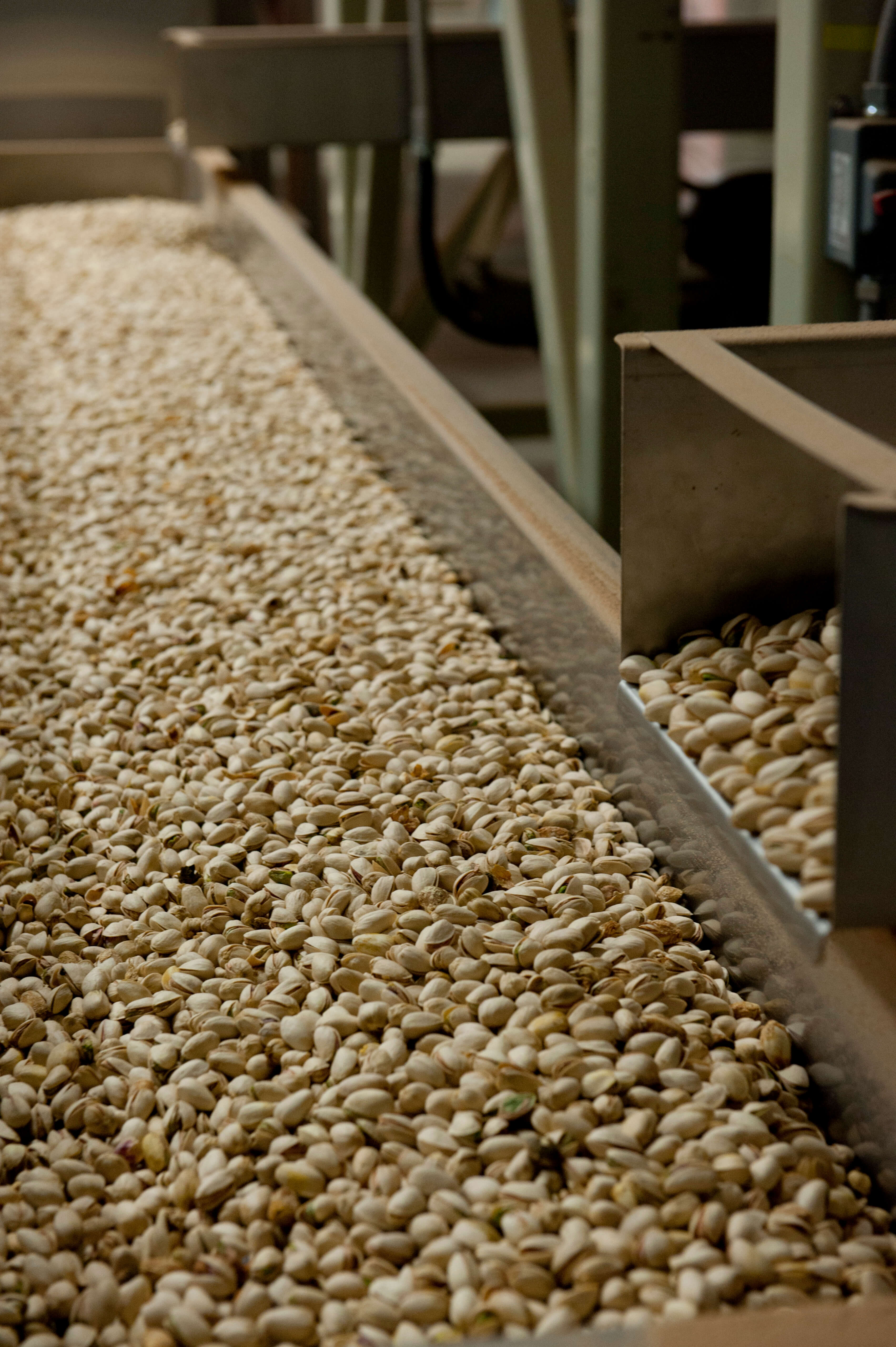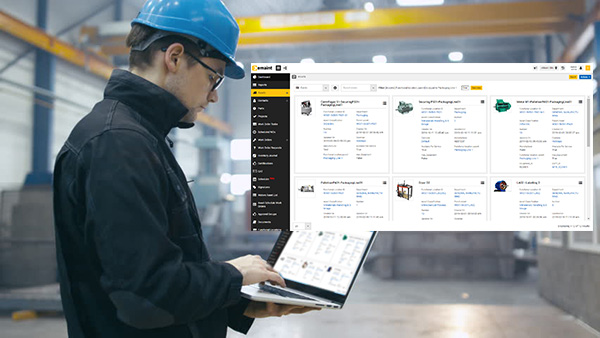
Pt. I – Fit the system to your organization’s culture
Comparing various computer maintenance management system (CMMS) software capabilities might be the most important thing you do before you buy a CMMS. Does the software meet your exact requirements, or will you need to adjust to its limitations? A one-size-fits-all system won’t suit every organization and might not offer customer service, updates, and upgrades, or additional training after implementation.
Nichols Farms, one of the largest pistachio processing plants in California recently added a CMMS to its operations. Find out why they chose eMaint CMMS software and how Chris Kennedy, maintenance planner helped the organization successfully choose and implement the system.
Choose wisely
Located in central California’s fertile San Joaquin Valley, family-owned Nichols Farms employs over 300 people. The owners wanted a CMMS but just didn’t know which one. They asked Chris to choose, and after testing five systems and weighing the positives and negatives of each, he found that many of them weren’t flexible enough.
“I felt like we were going to have to change something,” said Chris. “I just didn’t believe we were going to be able to leverage the programs enough to fit our needs. The deciding factor with eMaint was that we could tailor the system to fit what we do, to what our needs are, and what we’re trying to accomplish.”
Chris would be taking on the huge task of integrating 1,300+ assets into the new CMMS, including color-sorters, packaging equipment, bucket elevators, and other miscellaneous conveyer types, as well as, chillers, pasteurizers, and cyclone fans.
“We would be introducing 22 technicians, plus several other managers, to an entirely new way of getting work done,” said Chris.
Seeing is believing – obtaining team buy-in for your CMMS
 Maintenance management knew that team buy-in would be critical to a successful implementation. Chris met with various M&R teams to demonstrate how the eMaint CMMS software would make their jobs easier.
Maintenance management knew that team buy-in would be critical to a successful implementation. Chris met with various M&R teams to demonstrate how the eMaint CMMS software would make their jobs easier.
“I showed them a reactive work order where it took them an hour or two to figure out what the root cause was or what the fix was,” said Chris. “I then showed them how to go back into a work order history. They were able to see how different shifts had handled the same problem and how each technician had fixed the equipment.”
Also, having worked as a machine operator, Chris understood how frustrating it could be not to know the status of a work order. All technicians received individual CMMS software logins, so they could see their orders were getting attention and were valuable.
“I added columns to the list view of work requests, so they could view the job status,” said Chris. “Was it waiting for parts? Did it need planning? Was it ready to schedule?”
From the beginning, Chris and the Nichols Farms maintenance team fully leveraged eMaint’s flexible features and maximized the system. In Part 2 of the Nichols Farms story, find out how the processing plant boosted work order completion rates by 400% and moved closer to a world-class maintenance goal.
______________________________________
To learn more about eMaint and it’s popular features, please schedule a demo or discussion with one of our knowledgable representatives.
